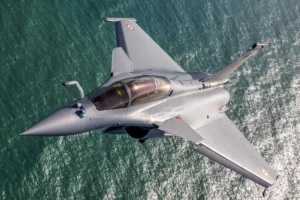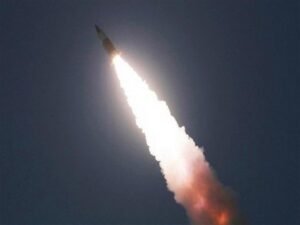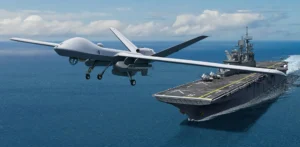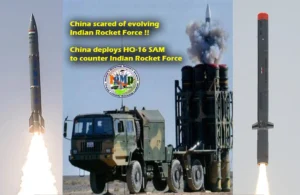Source : The EurAsian Times
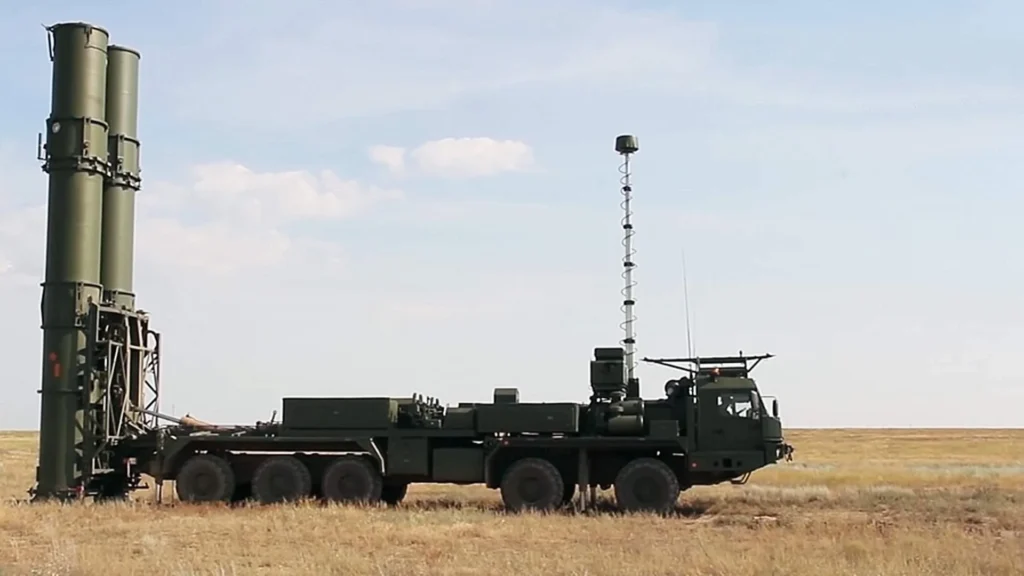
Reports suggest that Russia’s S-500 Prometheus air defense system has been able to track and shoot down hypersonic targets. Scheduled to be inducted by 2025, the Prometheus will provide Russia with an extra defensive edge in strategic zones and key areas near NATO’s eastern borders.
The trials confirmed the system’s ability to track and neutralize such high-speed objects, the report claimed, citing sources. These successful tests also included trials against both advanced strategic hypersonic aircraft, akin to the Russian Avangard, and less complex missiles.
The tests were conducted in multiple stages, affirming its capabilities as a reliable defense system against hypersonic threats. The success holds particular significance due to the inherent challenges associated with hypersonic objects.
Hypersonic threats pose difficulties in detection and provide minimal reaction time once detected, making the S-500 Prometheus’s achievements in these trials all the more valuable.
Dmitry Kornev, editor of the Militaryrussia portal, elaborated on the capabilities of the S-500, stating that it possessed the ability to engage intercontinental ballistic missile warheads, which travel at hypersonic speeds.
Further, it can effectively eliminate guided warheads and similar shorter-range systems. Additionally, the S-500 can coordinate with the S-400 system, allowing for comprehensive control over various air and aerospace threats.
Kornev added that the combined capabilities of these systems would enable the neutralization of a wide range of missile threats, spanning from short-range systems to intercontinental ballistic missiles.
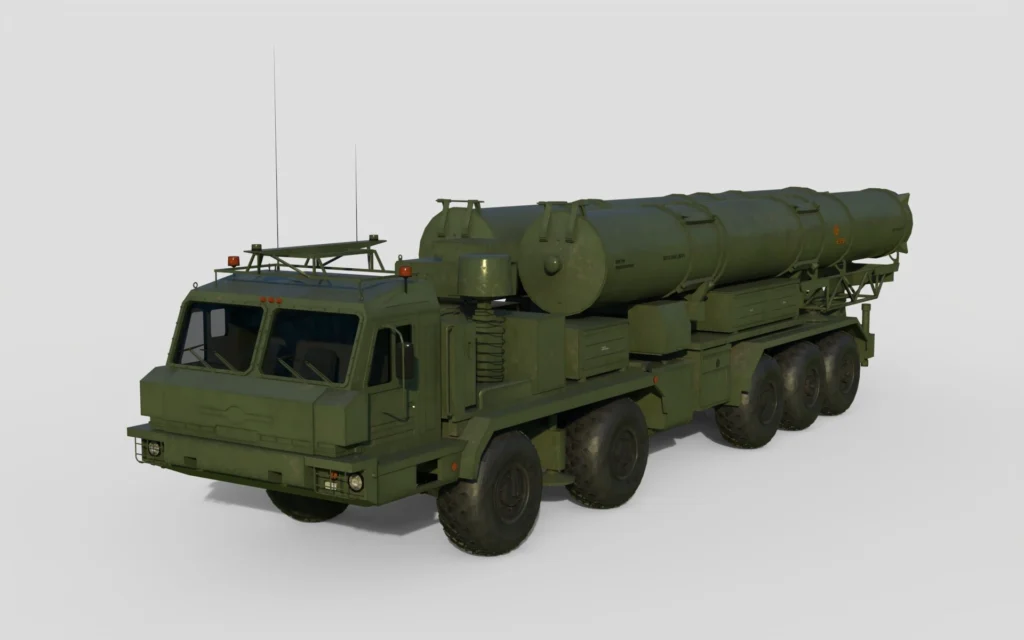
This includes the interception of hypersonic-guided units and missiles operating at high speeds and relatively low altitudes.
The editor suggested that the success of the Prometheus system in engaging hypersonic targets was likely due to its advanced radars and powerful computer complex. These components enable efficient processing of information from radars and facilitate the generation of precise data for launchers and guidance systems.
“The system must have highly maneuverable missiles with high flight speeds because only they can hit hypersonic objects,” Komev said.
Amidst discussions surrounding the recent test, uncertainty regarding the specific missile utilized remains. It is currently unclear whether the test involved one of the 77N6 series of missiles featuring hit-to-kill warheads or a 40N6 missile designed for compatibility with both the S-500 and the S-400 system.
However, given that the new 77N6 series missile is specifically designed to counter ballistic missiles or satellites in the extra-atmospheric section and near space, the Prometheus emerges as a probable candidate for the recent test targeting hypersonic missiles.
S-500 Prometheus Air Defense System
Russia has heralded the S-500 anti-aircraft missile system as unparalleled globally, boasting its ability to neutralize a wide array of existing and future aerial threats from potential adversaries across various altitudes and speeds.
The S-500, conceptualized to confront diverse aerial dangers, including ballistic missiles, manned aircraft, and cruise missiles, underscores Russia’s efforts to advance defense capabilities.
Further, the system’s survivability is purportedly bolstered by its high resilience to electronic interference.
Developed by the Almaz-Antey Air Defence Concern, the S-500 is intended to replace the aging A-135 missile systems currently in operation. Designed to complement the existing S-400 systems, the S-500 aims to safeguard critical administrative and industrial hubs within Russia.

Similar to other sophisticated Russian air defense systems, the S-500 is adaptable, with the capability to launch different missiles tailored to specific threats and operational requirements.
The system can deploy the 40N6M missile designed for engaging aircraft and cruise missiles alongside the newer 77N6 and 77N6-N1 interceptors engineered to counter ballistic missiles or satellites.
The 40N6M boasts an impressive range of 400 kilometers, while the 77N6 series interceptors reportedly extend even further, reaching ranges of 500-600 kilometers.
This comprehensive missile capability equips the S-500 to effectively neutralize a wide array of airborne and spaceborne threats, reaffirming its role as a formidable component of Russia’s air defense network.
Despite an ambitious development initiative initiated as early as 2009, the S-500 program encountered notable setbacks, delaying its anticipated series production by 2012. While subsequent service entry timelines have faced periodic revisions, Russia announced the commencement of mass production in 2022.
The latest missile tests represent a step forward in the S-500 program, signaling progress. Yet, uncertainties remain regarding its anticipated service entry in series-built form by the projected 2025 timeline.
Once operational, the S-500 is poised to enhance Russia’s anti-access and area denial capabilities, fortifying strategic zones near NATO’s eastern borders, such as the Kaliningrad exclave, and extending its defensive reach in key geopolitical arenas.


